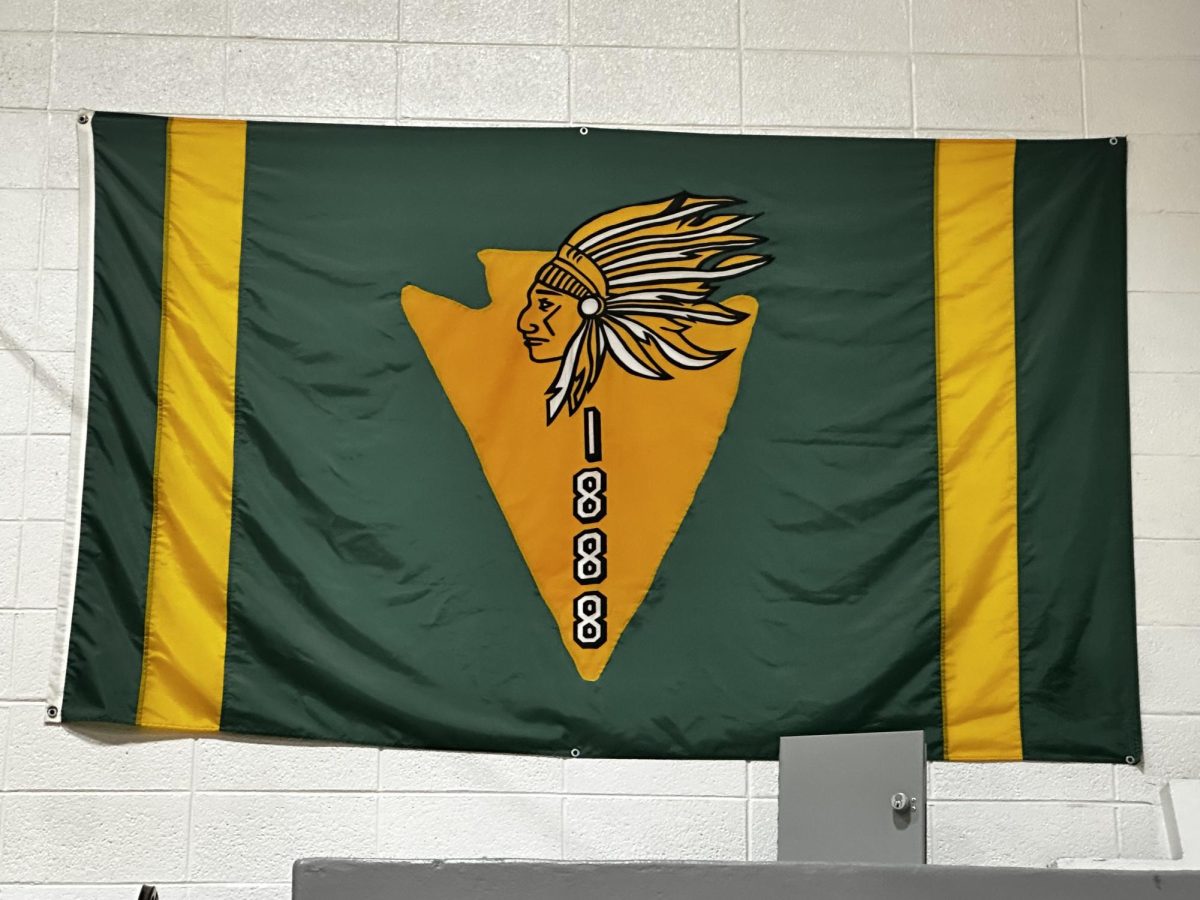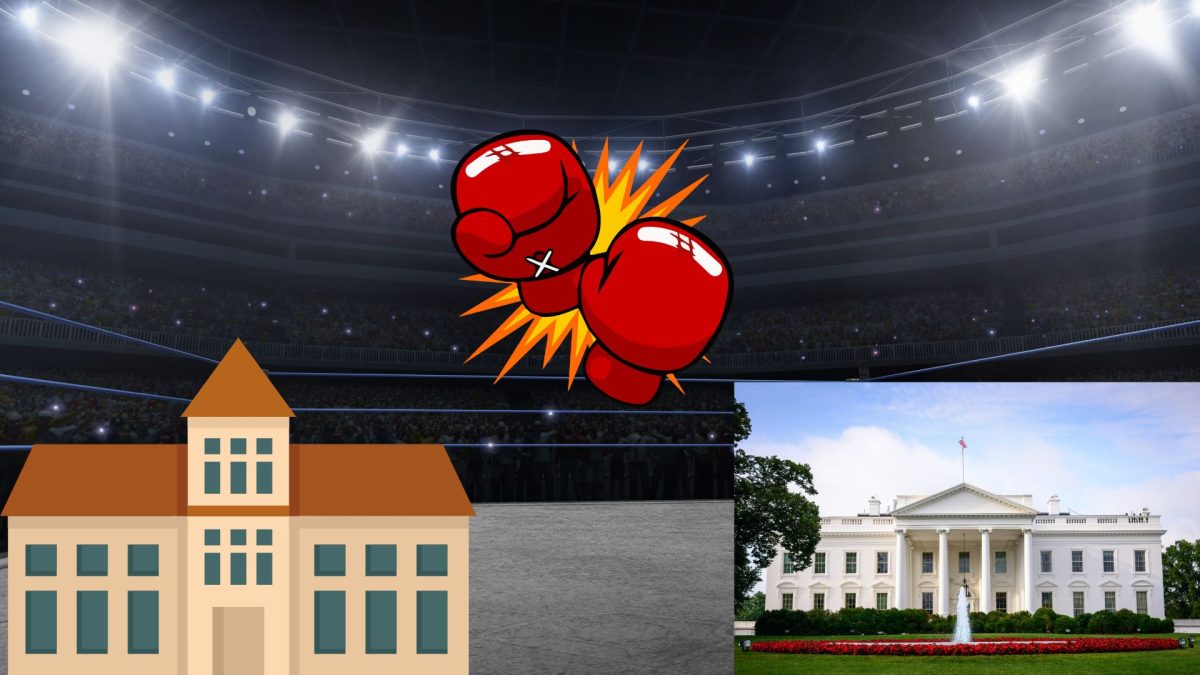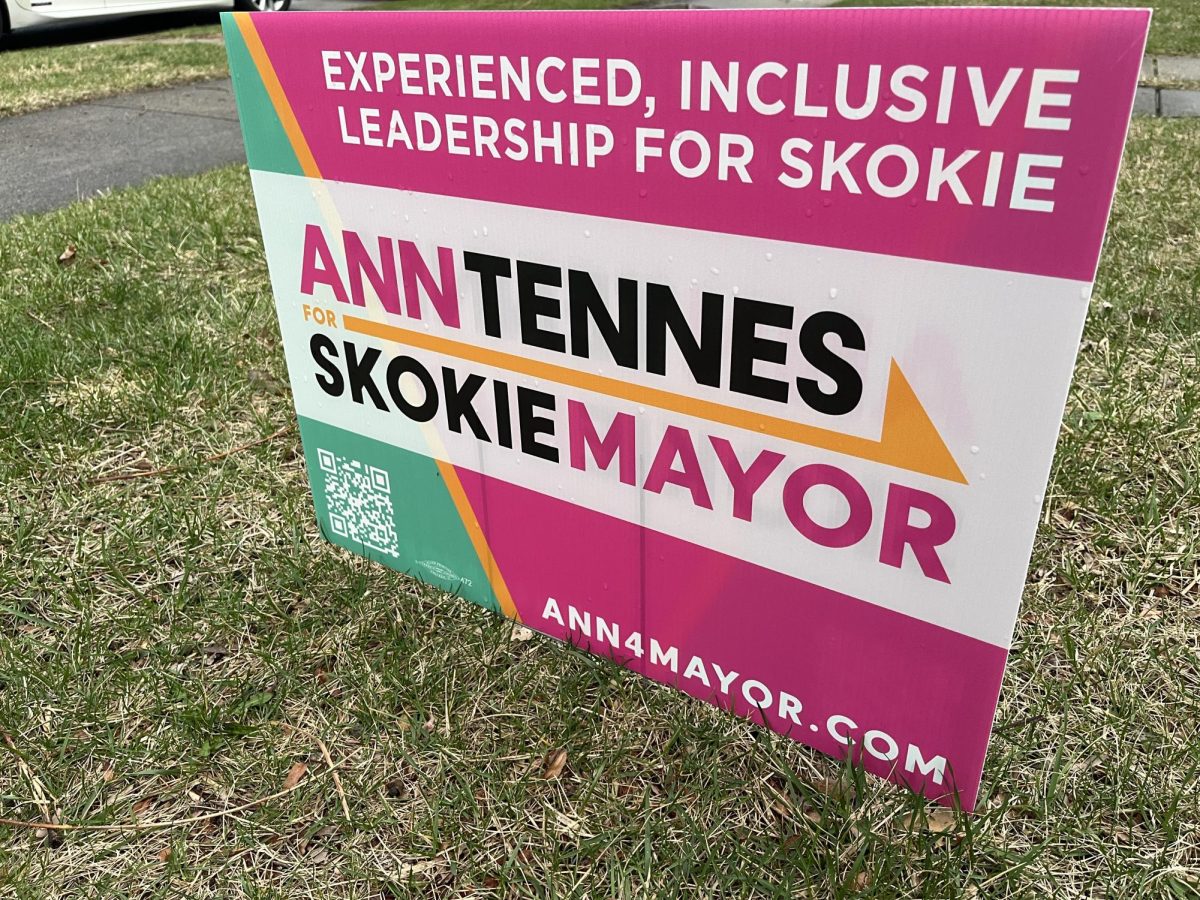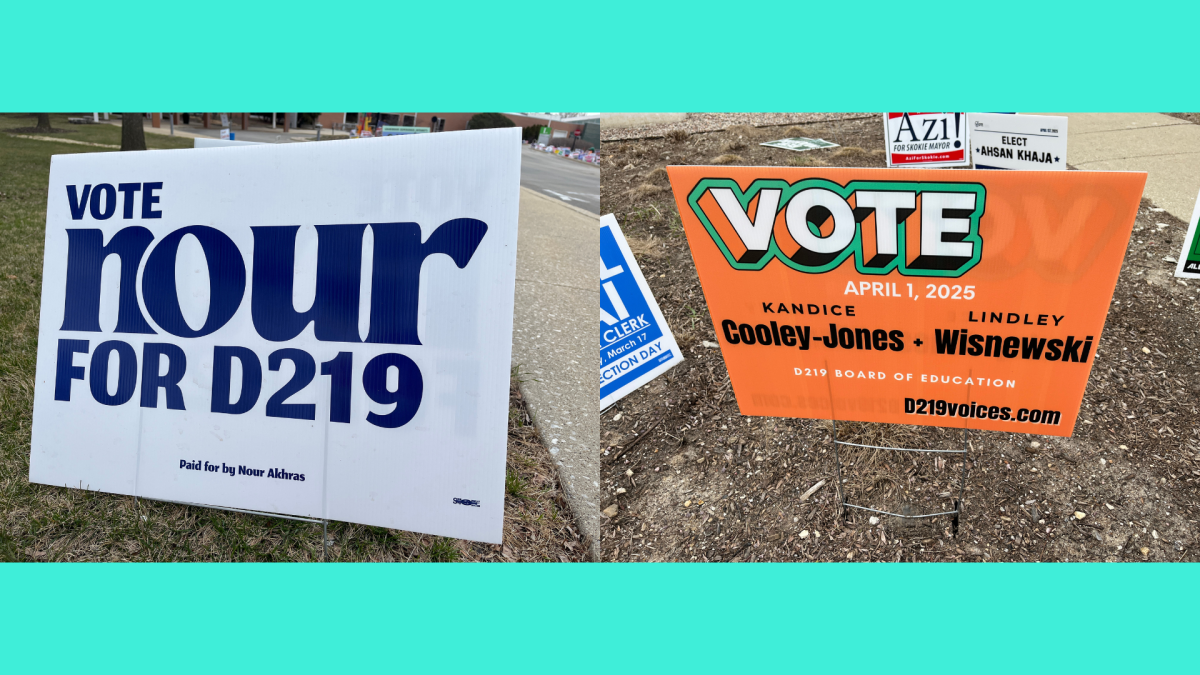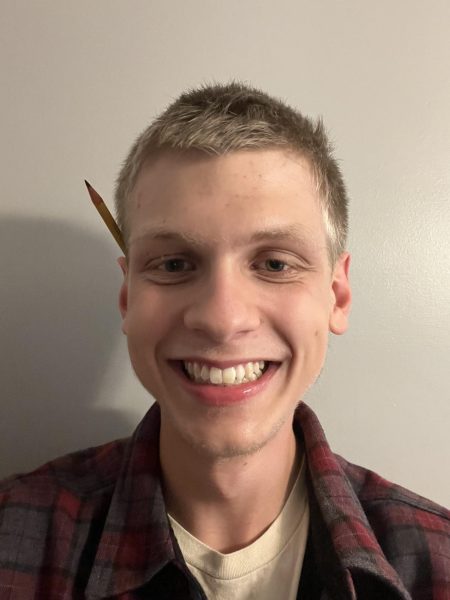Museums nationwide are now changing their exhibits focusing on Native Americans, in response to additions to the Native American Graves Protection and Repatriation Act (NAGPRA), which became effective in January.
Perhaps most famously, the American Museum of Natural History recently closed two sections which display objects from groups indigenous to the Great Plains and Eastern Woodlands regions. Meanwhile, Chicago’s Field Museum covered certain displays featuring “‘objects that are of cultural sensitivity’” (as described by the Museum’s head of exhibitions, Jaap Hoogstraten, whom the above article quotes.)
NAGPRA, originally created in 1990, was designed to protect the rights of Native people to possess significant objects–including human remains–which had been stolen from them, and which now reside in museums or other facilities. (“Indigenous groups” here refers to the native people of Hawai’i, Alaska, and mainland United States.) After years of criticism of the law, focusing on its ineffectuality–both in failing to actually force museum leaders and similar figures to return significant objects, and for creating a too-long process for doing so–the Department of the Interior announced new regulations on Dec. 6, 2023. These would allow for quicker return of objects and remains, as well as disallow institutions from deeming such things “culturally unidentifiable” (through which many institutions have been able to retain possession of such articles).
Additionally, they set a deadline of 2029 for museums to have all human remains and other Native objects accounted for and ready to return. Institutions now have to seek and receive permission from Native nations before they could display or study significant objects belonging to those nations, and must do the same for direct descendants of a deceased Native individual before they display or study that person’s remains.
It is no accident that NAGPRA’s updates have come at this specific point in time. AP US History teacher Pankaj Sharma considered the mindset of the current president when it comes to the rights of Native citizens.
“The Biden administration…[is] the most sympathetic or protective of Native concerns of any administration in recent history,” Sharma said. (Sharma did go on to note that “it’s possible you’d have a new administration that could change these rules[,] and we have an election coming up in ten months [at time of writing].”)
The returning process is not a smooth one. For one, according to NPR, it is often uncertain where, exactly, the objects or individual remains need to go: many of these were acquired in the 1800’s, with little notation of who they were being taken from. Meanwhile, in June, Scott Willard, the Second Councilperson on the Miami Nation Business Committee for the Miami Tribe of Oklahoma, decried a “garage sale mentality” being adopted by institutions, in which Native human remains are treated as things to be gotten rid of as quickly as possible (as per the New York Times.)
Nor has NAGPRA been free of pushback from museums themselves. NPR reports that many museums have voiced worries around no longer being able to study the objects they would need to return. Meanwhile, the Society for American Archaeology, according to the New York Times, previously objected to the control the government would now have over museums’ collections. Moreover, the American Alliance of Museums asserted in 2023 that, having been hit hard by the pandemic, facilities would be hard-pressed to meet the deadline set by the new rules, and would need more money than they currently have to do so. (The updates to NAGPRA do allow for institutions to take longer than 2029 to complete the return process, if they obtain permission from the Native group, direct descendant, or Native Hawai’ian Organization (NHO) to whom the remains or object belong.)
Regarding facilities’ concerns around no longer being able to study objects or remains, “none of this removes their ability to do it,” Sharma said. “It’s simply that they need to secure the permission of the people who are there and the descendants of the people who they might be doing research on…which is probably what we would expect if [museums, etc.] wanted to have the remains of our ancestors, we would want them to have at least our permission.”
It bears noting that Illinois does not have its hands clean when it comes to repatriation. Though the Field Museum, as mentioned, has covered certain displays, Native News Online notes that the Museum possesses almost 1,300 Native human remains, while having been “among the slowest to enact NAGPRA over the last three decades.” Meanwhile, in a speech on Feb. 1, Senator Brian Schatz, Democrat of Hawai’i, named the Illinois State Museum as one of “the foremost offenders” in terms of failure to return remains and objects to the people from whom they were taken. Schatz noted a total of roughly 58,000 Native human remains being possessed by over 70 facilities, with the Illinois State Museum being one of five facilities which collectively possess about 30,000 of these remains.
In his speech, Senator Schatz noted the challenges that Native people today continue to face.
“Native people still need money for water and electricity and healthcare,” Schatz said. “They still, as ever, need the unimpeded right to self-determination. But the least we can do…is enable them to tell their own stories.”
With the latest updates to NAGPRA, it remains to be seen if and when those stories will go back in Native hands.



